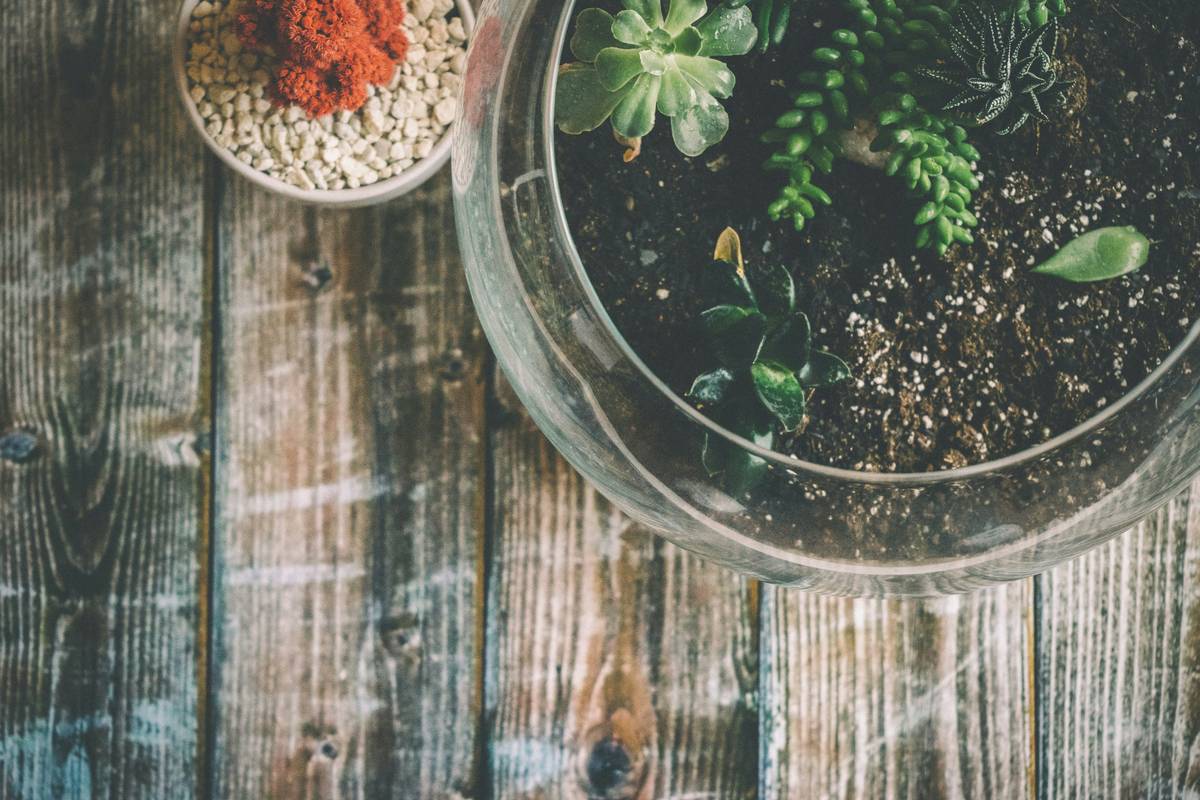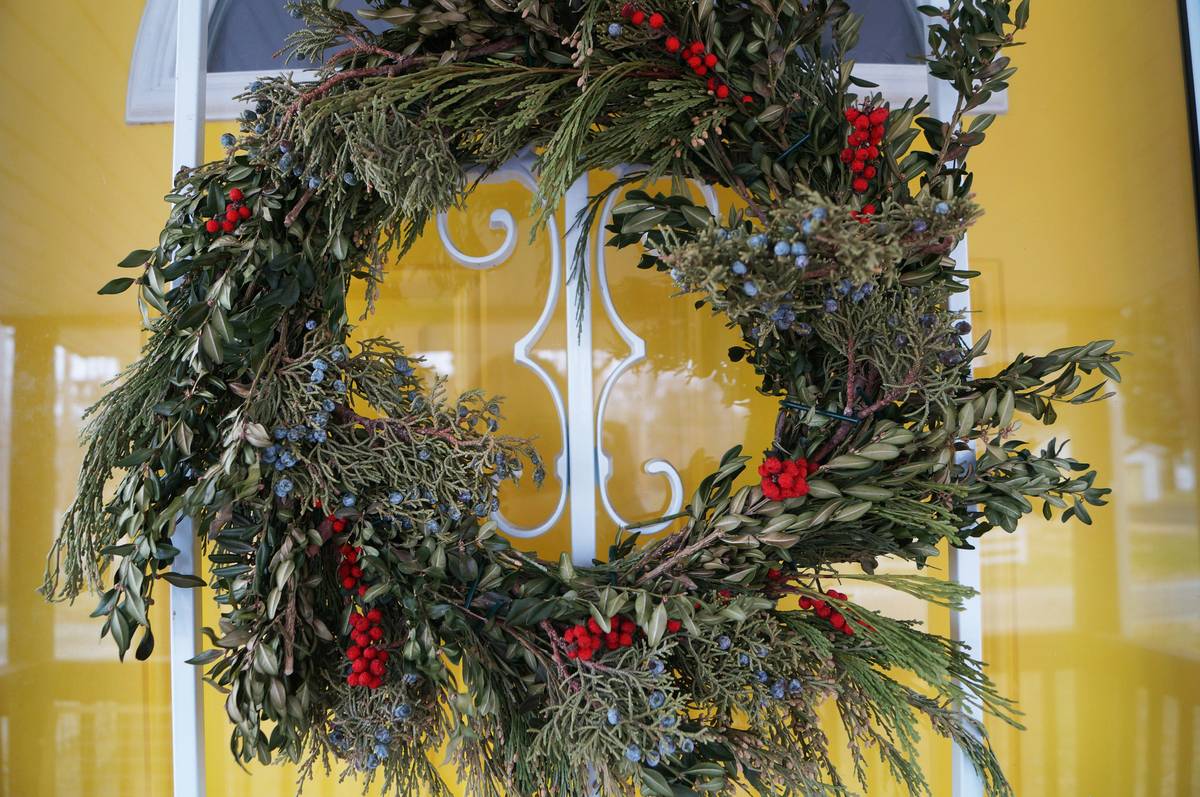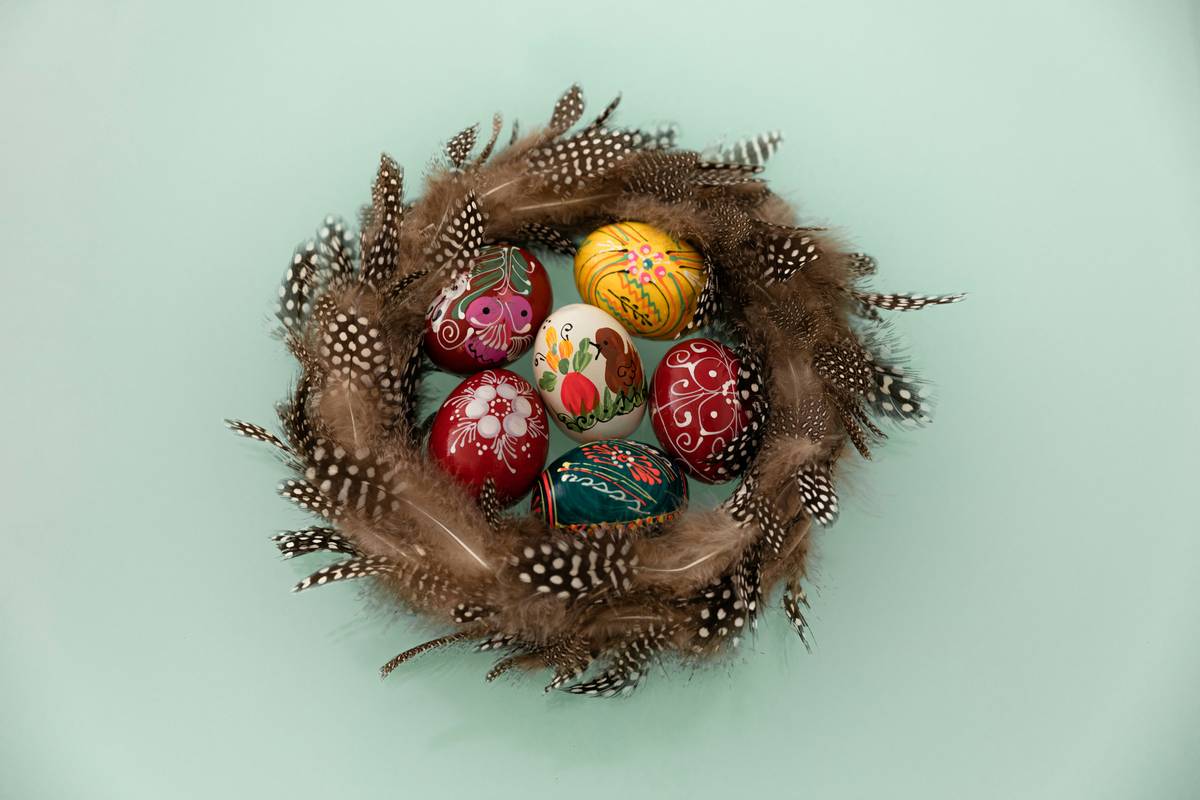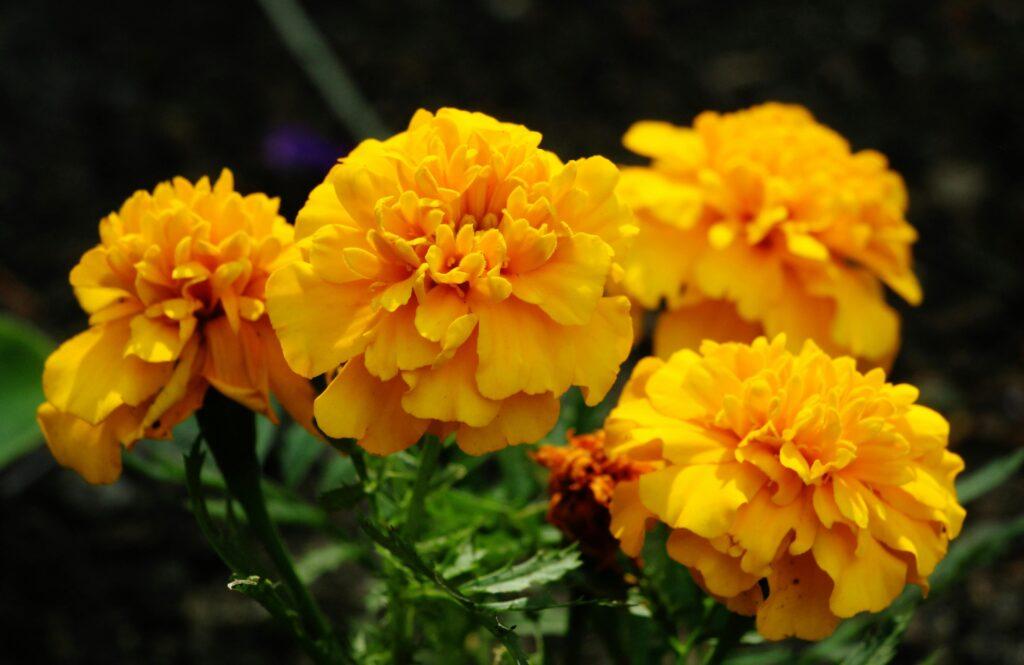Ever stared at a generic plastic wreath and thought, “Is this really what I want greeting my guests?” Yeah, us too. In a world obsessed with perfection, it’s time to embrace something more authentic: organic flowers in your seasonal wreath. Not only are they better for the planet, but they also bring life and charm that no synthetic decor can match.
Here’s the deal: This post will guide you through why organic flower wreaths are trending in beauty & skincare-inspired home decor, how to make one yourself, and tips to keep them fresh longer. Oh, and we’ll sprinkle in some brutal honesty about cheap alternatives because… well, someone has to say it.
Table of Contents
- Why Choose Organic Flowers?
- Step-by-Step Guide to Creating Your Wreath
- Pro Tips for Longevity
- Real-Life Inspiration
- Frequently Asked Questions
Key Takeaways
- Organic flowers add eco-friendly elegance to any seasonal wreath.
- Making your own wreath is easier than you think—and cheaper!
- Avoid synthetic sprays; opt for natural preservation techniques instead.
Why Are Organic Flowers Better for Your Seasonal Wreath?
Let’s address the elephant in the room: Most store-bought wreaths are made from materials that won’t decompose until humanity colonizes Mars. That faux-greenery monstrosity? It’s probably sitting in a landfill as we speak.
Confessional fail: Once, I bought a shiny, “Instagram-worthy” wreath covered in glittery berries. Two weeks later, those berries started shedding all over my floors like a shedding dog. Terrible decision, zero stars.

Organic flowers don’t just look stunning—they’re biodegradable, chemical-free, and often sourced sustainably. Plus, there’s something satisfyingly sensory about their scent (unlike that whiff of hot glue gun you get with mass-produced options).
How to Create an Organic Flower Seasonal Wreath
Step 1: Gather Supplies
You’ll need:
- A grapevine or wire wreath base
- Fresh organic flowers (think lavender, roses, or eucalyptus)
- Green floral tape
- Scissors or garden shears
“Optimist You:” ‘Oh, this sounds so easy!’
Grumpy You: ‘Ugh, fine—but only if coffee’s involved.’*
Step 2: Prepare Your Flowers
Trim stems to about 4 inches. Group similar flowers together before attaching them to the wreath frame—it’s like organizing your skincare products by category. Makes everything neater.
Step 3: Attach Flowers
Start layering flowers around the frame using green floral tape to secure each bunch. Work clockwise for consistency (or counterclockwise if you’re feeling rebellious).
Step 4: Add Finishing Touches
Tuck in extra greenery or small accents like dried oranges or cinnamon sticks. Voila—a Pinterest-worthy creation without the Etsy price tag.
Pro Tips for Keeping Your Seasonal Wreath Fresh
- Spray lightly with water daily: A mist keeps petals hydrated without drowning them.
- Hang indoors: Direct sunlight might dry out your masterpiece faster than TikTok fame fades.
- Say no to artificial preservatives: Please don’t spray Febreze on your organic wreath unless you hate breathing clean air.
- Switch up designs seasonally: Swap spring blooms for autumn leaves as needed.
The Truth About Cheap Wreath Alternatives
Pet peeve alert: Those $5 plastic wreaths look tacky AF under close inspection. Not to mention, they reek of cheap chemicals when exposed to heat. Skip the bargain bin disasters and invest in quality—you deserve it.
Inspiration Gallery: Gorgeous Organic Flower Wreaths
Need proof these work? Look no further:
Case Study #1: Sarah from LA transformed her front door game with a hydrangea-heavy winter wreath. Traffic to her Etsy shop increased by 30% after sharing photos online.
Case Study #2: An eco-conscious blogger swapped synthetic decor for organic flowers across three events last year. Attendees raved about the authenticity—and yes, people noticed.

FAQs About Organic Flower Seasonal Wreaths
Can I use non-organic flowers?
Technically, yes—but pesticides and chemicals can harm local ecosystems. Stick to organic whenever possible.
How long do organic wreaths last?
With proper care, expect 2–4 weeks of freshness. For extended durability, switch to pressed or dried arrangements.
Where can I buy organic flowers?
Check local farmers’ markets, co-ops, or online retailers specializing in sustainable floristry.
Final Thoughts
In conclusion, crafting a seasonal wreath with organic flowers isn’t just eco-friendly—it’s downright magical. You’ve learned the why, the how, and the pro tips to keep yours looking fresh. Now go forth and create!
Like a Tamagotchi, your SEO needs daily care. So bookmark this page for future inspo—and maybe send me a pic of your finished project. 😉
Petals softly bloom, Wreaths whisper seasons' tales— Autumn fades to frost.


